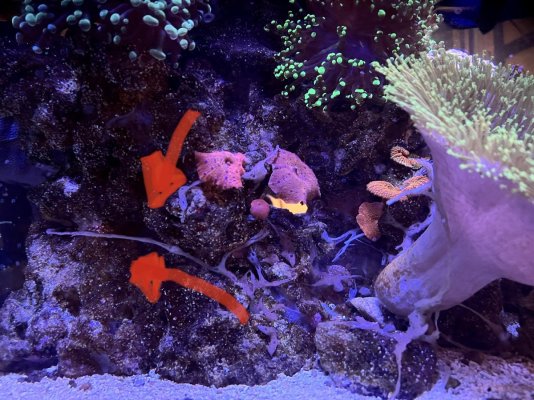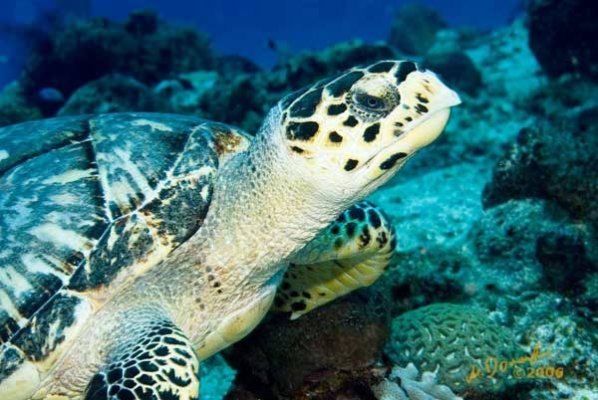So I believe this is some kind of sponge webbing across my lower base rock work. Any suggestions on how to remove it or animals that will do it naturally without destroying my LPS. I have the sponge underlined with a red arrow. please help and thank you. Happy Reefing. At first I did not mind it, but I have seen it now grow over some of my corals and suffocate them. Now my wife’s asking me about the ugly web, definitely time to go. Thank you again, everybody



















